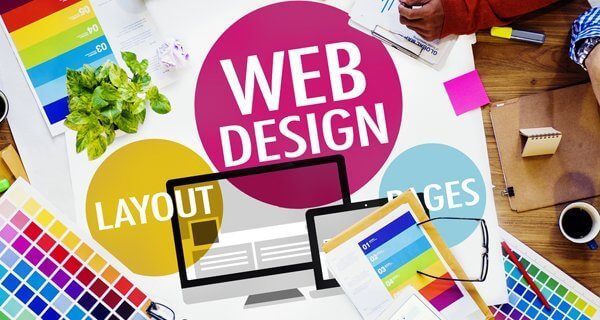In today’s digital age, having a website that adapts seamlessly to different devices is crucial for businesses. Web designer company in Udaipur, UIHM, understands the importance of responsive design in creating user-friendly websites. Responsive design ensures that websites offer a consistent and optimal user experience across desktops, tablets, and smartphones. This article explores the key aspects of responsive design and how it contributes to creating user-friendly websites.
Understanding Responsive Design
Responsive design is a web development approach that creates dynamic changes to the appearance of a website, depending on the screen size and orientation of the device being used. This method ensures that a website is equally functional and visually appealing on a large desktop monitor, a tablet, or a small smartphone screen.
Benefits of Responsive Design
Improved User Experience
A significant advantage of responsive design is the enhanced user experience it offers. Users can navigate through a website effortlessly, regardless of the device they are using. This seamless experience keeps users engaged and reduces bounce rates, thereby increasing the likelihood of conversions.
Better SEO Performance
Search engines like Google prioritize mobile-friendly websites in their search results. By implementing responsive design, a Responsive Web Design Company Udaipur like UIHM can help improve your website’s SEO performance. This leads to better visibility and higher rankings, driving more organic traffic to your site.
Key Elements of Responsive Design
Flexible Layouts
Flexible layouts use relative units like percentages rather than fixed units like pixels. This flexibility allows the layout to adjust according to the screen size, ensuring content is displayed correctly on all devices.
Fluid Grid System
A fluid grid system divides the page into columns, and the widths and heights are scaled in relative terms. This system ensures that the layout adapts to different screen sizes, maintaining the design’s integrity across various devices.
Responsive Images
Images play a crucial role in web design. In responsive design, images are scaled and optimized to load correctly and quickly on different devices. Techniques like CSS media queries and adaptive image serving help in achieving this.
Media Queries
Media queries are a cornerstone of responsive design. They allow the website to apply different styles based on the device’s characteristics, such as its width, height, and orientation. This adaptability ensures that the website provides the best possible user experience on any device.
Implementing Responsive Design
Prioritize Mobile First
Designing for mobile first ensures that the website is optimized for the smallest screens initially. This approach then scales up, adding features and content for larger screens. It guarantees that essential elements are available on mobile devices, providing a solid foundation for the responsive design.
Use Scalable Vector Graphics (SVGs)
SVGs are images that scale without losing quality. They are perfect for responsive design because they look sharp on any screen size and resolution. Using SVGs helps maintain visual quality and enhances user experience.
Optimize Load Times
Responsive design should not compromise the website’s load times. Techniques like image compression, minification of CSS and JavaScript files, and leveraging browser caching can significantly improve load times, ensuring a smooth and fast user experience.
Test Across Devices
Regular testing across various devices and browsers is essential to ensure the responsive design functions correctly. Tools like Google’s Mobile-Friendly Test and BrowserStack can help identify and fix issues that may arise on different platforms.
The Role of UIHM in Responsive Web Design
As a leading Web designer company in Udaipur, UIHM specializes in creating responsive websites that cater to diverse business needs. With a focus on user experience, UIHM ensures that your website not only looks great but also performs optimally across all devices. Their expertise in responsive design helps businesses achieve better engagement, improved SEO performance, and higher conversion rates.
Case Study: UIHM’s Success Story
One of UIHM’s notable projects involved redesigning a local retail business’s website. The original site was not mobile-friendly, leading to high bounce rates and low conversions. By implementing a responsive design, UIHM transformed the website into a user-friendly platform. The result was a 50% increase in mobile traffic, a 30% reduction in bounce rates, and a significant boost in sales.
Conclusion
Responsive design is no longer optional but a necessity in today’s digital landscape. It ensures that websites are accessible and functional across all devices, providing a consistent user experience. Web designer company in Udaipur, UIHM, leverages responsive design to help businesses create user-friendly websites that drive engagement and conversions. By focusing on flexible layouts, fluid grid systems, responsive images, and media queries, UIHM delivers websites that are not only visually appealing but also optimized for performance. Embrace responsive design to enhance your online presence and meet the evolving needs of your audience.


